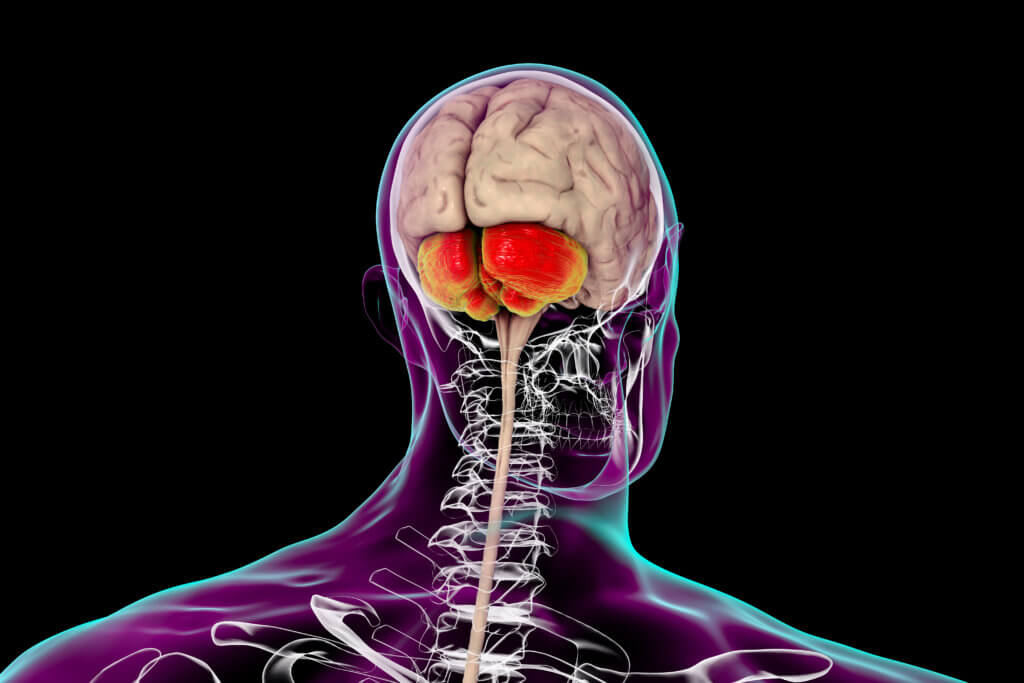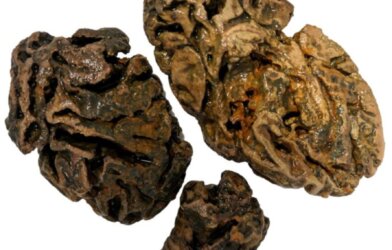Our feelings are the source of our energy, they provide the horsepower that makes it possible for us to accomplish tasks of living…Since our feelings work for us, we should treat them with respect. – M. Scott Peck
The cerebellum is sometimes called the “little brain.” Although it is relatively small compared to the cerebrum, it contains about 80% of the nerve cells in the brain. This “little brain” plays a major role in balance, posture, and muscle coordination. It was believed that those were its only functions. In a new study, however, researchers at the University of Basel, Switzerland, made an exciting discovery: the cerebellum also plays an important role in remembering emotional experiences.
Memory is the storage site for both positive and negative emotional experiences. The function is essential to survival – we need to remember dangerous situations to avoid in the future. A brain structure called the amygdala, important in the processing of emotions, plays a central role in this memory storage. Emotions activate the amygdala, facilitating the storage of information in the cerebrum.
Professor Dominique de Quervain and Professor Andreas Papassotiropoulos investigated the role of the cerebellum in storing emotional experiences. There were 1,418 participants in whom the brain activity was recorded using magnetic resonance imaging as they viewed both neutral images and images which evoked emotion.
A later memory test, the participants remembered the emotional images much more than the neutral images. The improved storage of emotional images was linked with an increase in brain activity in the areas of the cerebrum known to store memories. Unexpectedly, the team also identified increased activity in the cerebellum.

The cerebellum showed stronger communication with various areas of the cerebrum during the process of enhanced storage of the emotional images. It receives information from the cingulate gyrus, which is a part of the brain important to perception and evaluation of feelings. The cerebellum sent signals to other regions of the brain, including the amygdala and hippocampus, both of which have key roles in memory storage.
“These results indicate that the cerebellum is an integral component of a network that is responsible for the improved storage of emotional information,” says de Quervain, in a statement.
Improved memory for emotional events supports survival but storing very negative experiences can lead to recurring anxiety. The team’s findings may be relevant to understanding psychiatric conditions such as post-traumatic stress disorder.
The study appears in the journal PNAS.







-392x250.jpg)



